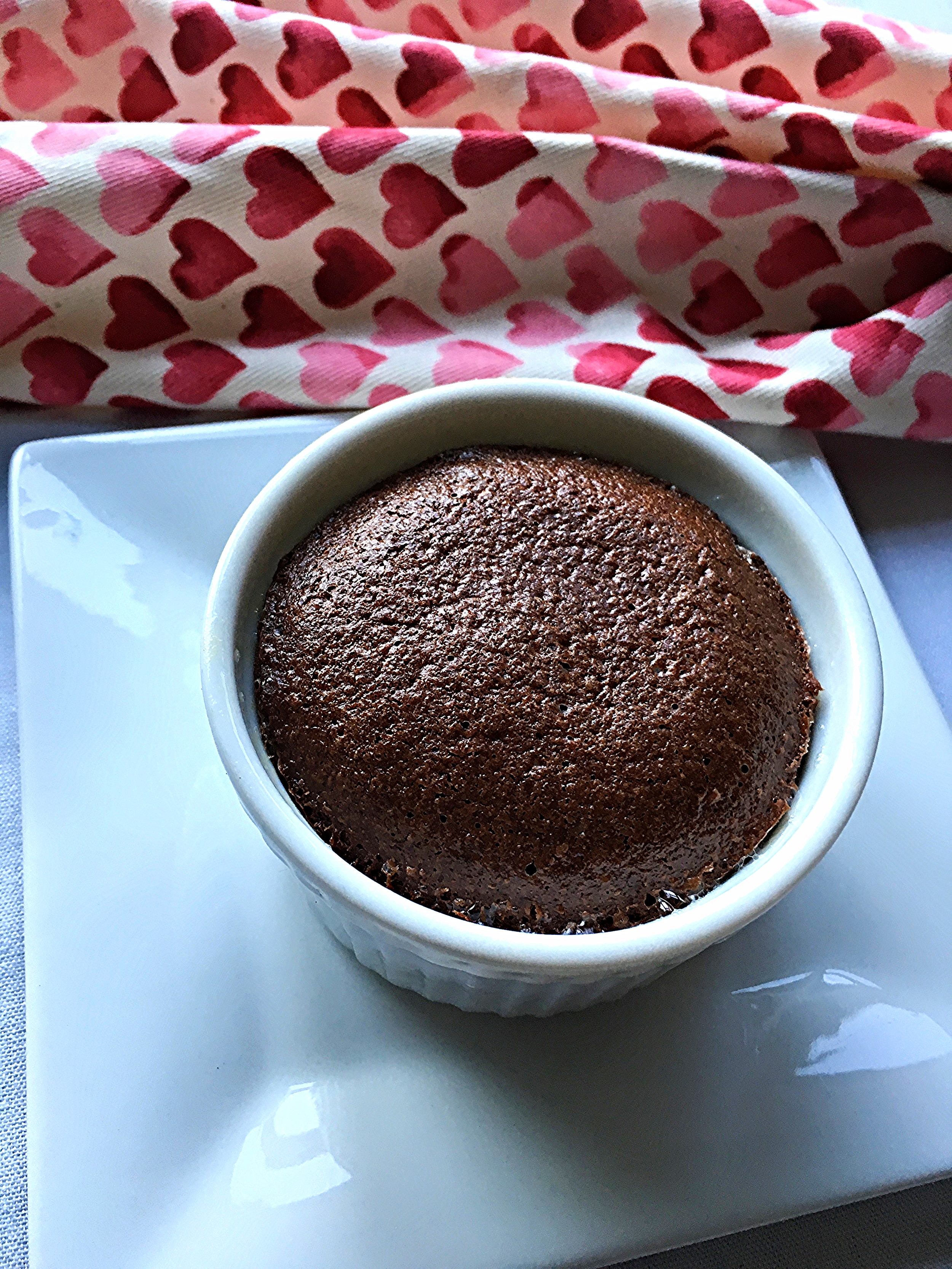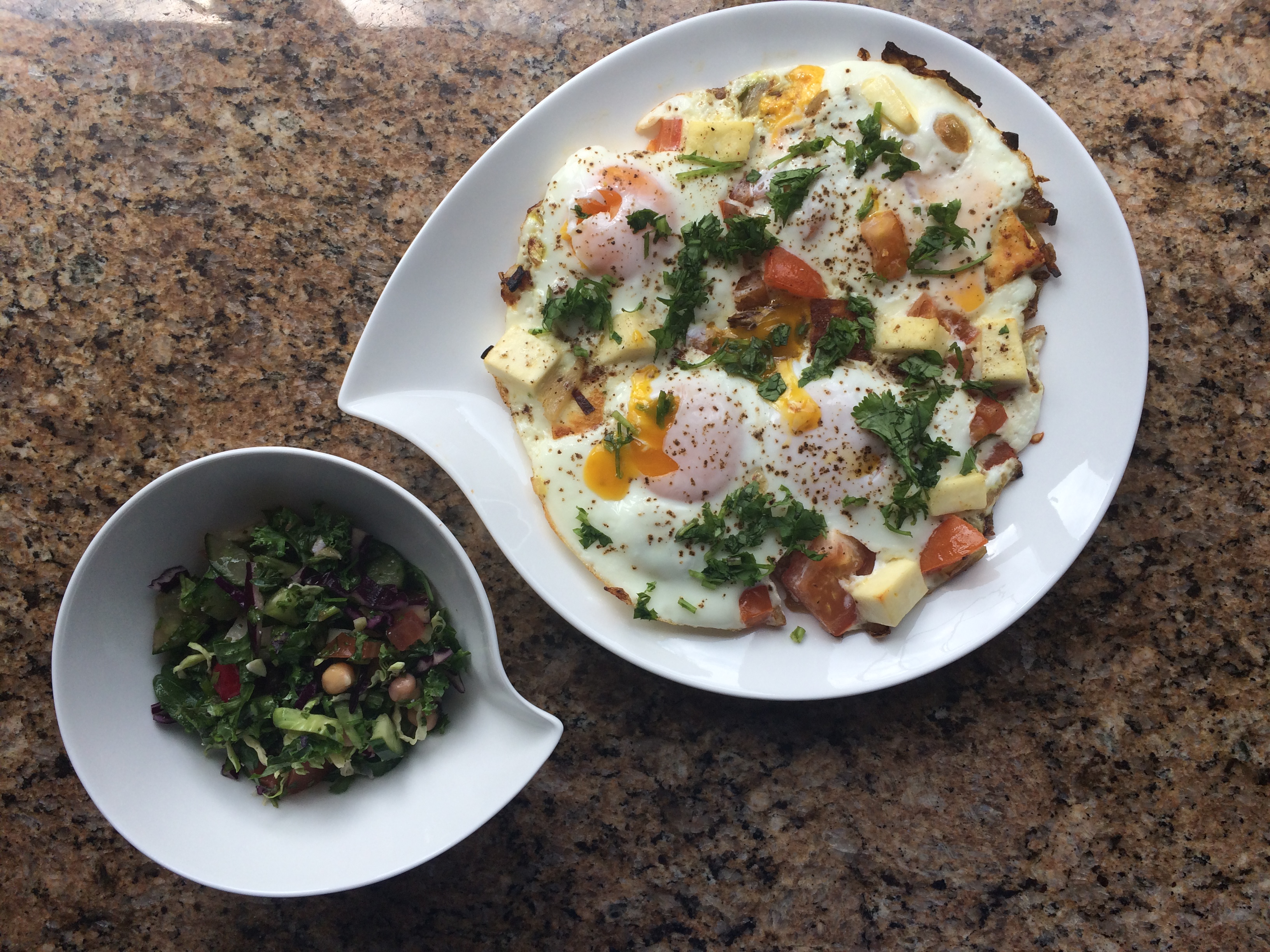The prospect of dining at hotel restaurants by and large, fills me with apathy. Regrettably, I happen to have eaten in one too many and can attest that they’re often forgettable. It’s all a numbers game and the hotel’s core business revolves around selling rooms, so the restaurant becomes an afterthought designed for travellers caught in the headlights. Your flight is delayed; you’re exhausted after a 12-hour journey, you’re absolutely famished and who cares about sifting through reviews of all those local eateries that you’ve bookmarked? You’ve endured plastic airline meals all day and now as a matter of urgency you’re hankering for a gratifying dinner. In your somnambulant trance, you’ll happily pay for a second-class, overpriced meal and at this desperate stage you’ve passed the point of caring. Sound familiar?
But then, there are those hotel restaurants that defy expectations and leave you reminiscing long after you’ve left. Mumbai’s iconic grande dame, the Taj Mahal Palace, exudes elegance, sophistication and colonial charm. This majestic landmark was built by the industrialist, Jamshetji Nusserwanji Tata during the days of the British Empire, supposedly in response to his humiliation of being turned away by another Mumbai institution due to his Indian heritage. The hotel opened its doors in 1903 and overlooks the Arabian Sea and the Gateway of India, a monument commemorating the landing of King George V and Queen Mary, on the waterfront at Apollo Bunder.
The hotel has had its fair share of adversities and during World War I was converted into a military hospital. A November night in 2008 saw one of the most violent terrorist attacks in Mumbai’s history, with armed terrorists storming the hotel, turning uber luxury into a war zone, causing untold damage. Moving on from these difficult times, the hotel has displayed a resilience that knows no bounds and its restoration has elevated the hotel into a historical monument. For Mumbaikers, the attack on the hotel was personal and tantamount to it being in their own homes, so in the aftermath, they remain very protective.
When negotiating the streets of Mumbai, you encounter an unabbreviated sensory overload. The street hawkers present a dizzying array of options with stalls seemingly ubiquitous. It’s a mecca for street food and everyone from local workers to food fashionistas will go to snack on the addictive Pani Puri, a bitesized fried hollow semolina shell, filled with crushed chickpeas and spicy water, creating a flavour explosion for your palate. Mumbai’s streets are congested with traffic, and vociferous headache-inducing honking, which is chaotic and overwhelming. Coming towards the Gateway of India and seeing the iconic Florentine-esque red dome atop the hotel, which has now become a symbol of Indian pride, I’m overcome with a warm, familiar feeling, fuelled with euphoria. This hotel has created a wealth of childhood memories for me. I would watch as a young girl, with my face pressed up against the window, from the Sea Lounge, (famed for its afternoon tea), the ferries bobbing up and down on the sea, transporting boatloads of tourists to and from Elephanta Island. My parents would sip tea with elegant restraint, contrasted to my disregard for etiquette, which would prompt me to run up and down the grand cantilever staircase.
Returning to the hotel after decades, post the 2008 attack, creates a mishmash of emotions. I’m drawn to the redness of the painting behind the reception in the lobby, which miraculously survived the attack unscathed. It is a triptych by M.F. Husain, the prolific modern Indian artist, entitled Three stanzas of the New Millennium. The hotel is steeped in history, where royalty, politicians, Bollywood and Hollywood celebs, visitors and locals all rub shoulders. Every corridor is graced with artwork, but the most poignant is the minimalist marble memorial inscribed with the thirty-one names of the fallen.
My mission, should I choose to accept it, is to drop in on one of the restaurants, The Golden Dragon, which in my opinion is the proverbial jewel in the hotel’s crown. Patrons of this Mumbai stalwart have been feasting here since 1973, myself included. The restaurant has delighted several generations of my family and is where many of our personal milestones were celebrated. The Golden Dragon’s new avatar, may not have the swanky aura of the hotel’s Wasabi by Morimoto, which has put Japanese food onto India’s gastronomic map, but it’s akin to reuniting with an old friend after an extended absence and just carrying on from where you left off, as if there’s never been any time lag. I’m greeted by the imperial golden dragon which flanks the entrance and without further ado, the Taj hospitality comes into full force and I’m seated seamlessly. Unequivocally, the restaurant designed in tones of gold and ivory, now has a more contemporary vibe, with a new live kitchen which makes great viewing of this culinary theatre. Millennials and Gen Z’ers are dotted all around the room, pausing proceedings to photograph each dish as it arrives, deftly rearranging the table setting, adding cocktails and appetisers, just for that Instagram-perfect shot. And woe betide anyone who tries to dive in for the first bite just before the snap is taken.
The Dragon, as it’s affectionately known by its established clientele, has a staggeringly impressive menu, lovingly curated by bona fide expat chefs. My default of wanting to order everything on the menu kicks in, but I settle on a few classics. The signature dishes, Song of the Dragon cooked in a bamboo basket with blistering fiery chillies, Beggar’s Chicken (which requires 24 hours notice), wrapped and baked for hours on end and Konjee Crispy Lamb, scorching on cast iron, are to die for and should really come with a health warning. You can’t come to Mumbai and not experience the local jewel of the sea, so the Pan-Fried Pomfret with Szechuan chillies and soya is a showstopper and totally steals the headlines. The omg moment is when I actually savour this utterly delectable fish, native to the sub-continent, with its crispy exterior and fragile white flesh. Oh and P.S., the Crispy Lotus Root with Chilli Honey is still seducing my thoughts. The desserts don’t jump out at me, however, clearly, some adept kitchen wizardry has been performed to create the delicate, distinctive, creamy Chilled Mango Pudding. There’s no cutting-edge cooking here and I’m not convinced that the food is entirely archetypal Chinese, but I will never get weary of dining at this restaurant. The Golden Dragon thrives on its ability to weave familiarity with bold, flavourful twists.
I marvel at the genuine care and dedication of the staff who diligently go above and beyond the call of duty. They truly elevate the experience, delivering Taj’s trademark hospitality. Personally, I’ve been swathed in a blanket of nostalgia. I was first introduced to this restaurant by my grandmother and I’m anticipating bringing my own grandchildren soon enough.































